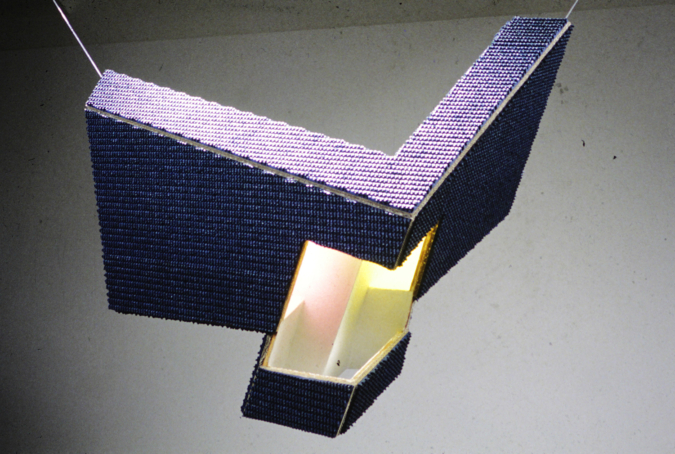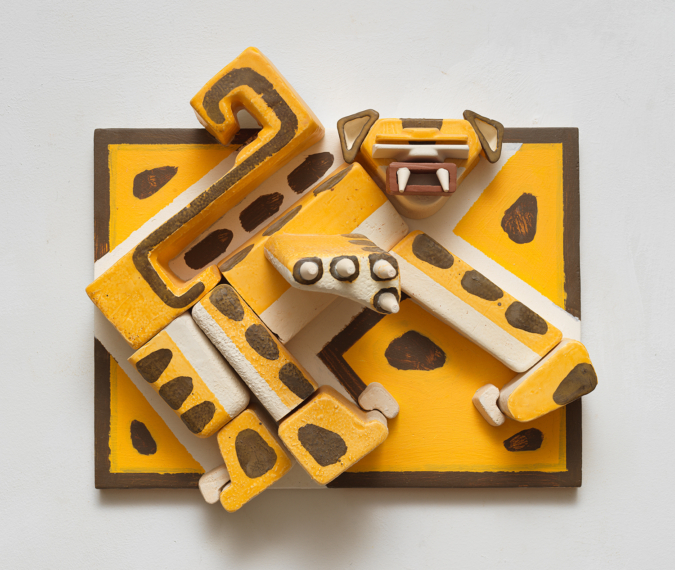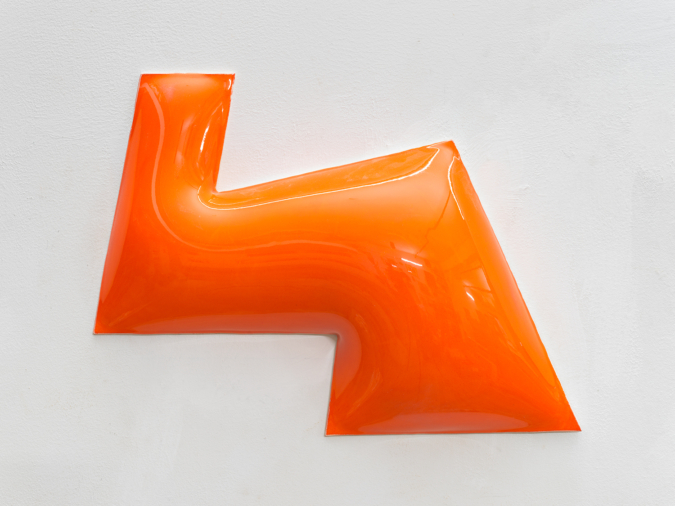Steve Keister
Steve Keister was born in Lancaster, PA, in 1949. He received an MFA from Tyler School of Art in 1971, and a BFA from Tyler School of Art in 1973, the year he moved to NYC. Steve Keister had his first solo exhibition at the Pam Adler Gallery on 57th Street in 1978. In 1981 he had his first show at the BlumHelman Gallery and was included in the Whitney Biennial. In 1982 he had a show at the Larry Gagosian Gallery in Los Angeles. Later in the 80’s he showed at the BlumHelman Warehouse in Soho. In the 90’s Steve Keister showed at the Bill Maynes Gallery in Chelsea. In 2015 and 2017 he had solo shows at the Mtchell Algus Gallery on the Lower East Side. He has received several grants & fellowships, and his work is included in more than 60 museum collections.
QUESTION:
In the beginning your work had allusions to the abstraction and sleek lines of the early modern movement. Later you have worked with pre-Columbian influences which could be said to be looking farther back into the past. And you use contemporary materials and methods when creating your sculpture. Your work and influences connect to an interval of time of greater duration than many artists. What about connecting distant times moves you? Sculpture is obviously a spatial art but do you have thoughts about its temporal qualities?
ANSWER:
Time is inherently paradoxical: science conceives it as a fourth dimension supplementing the three dimensions of space. We experience time as duration.
Our conscious minds divide it into past, present & future. While our minds are continuously tuned in to the present, the present itself can be thought of as an infinitely small sliver of time converting the future into the past. Thus everything that exists physically is already rooted in the past. My early suspended planiform sculptures employed the vocabulary of utopian early modernism, clad in signifiers of “New Wave” style and culture. My second abstract phase, combining hyper-parabolic fiberglass forms with classic mid-century modernist furniture, put more specific emphasis on duration: sculptural forms created in 1987 turned furniture from the 50’s into contemporary abstraction (in the mind of the beholder).
My Pre-Colombian-influenced phase, commencing in the mid-nineties, extended this idea of a span of influence to an extreme duration. I endeavored to recreate & update ancient entities using the detritus of contemporary consumer culture (Styrofoam and cardboard packing cartons) as templates for forms cast in ceramic slip.
In the early 90’s, I experimented with thermoplastics: I constructed a contraption employing a template of a 2-dimensional shape, & some clamps hooked up to an air-compressor. I heated plexiglass in the oven, then threw it into the contraption.
The compressed air instantly stretched the plexiglass into a domed, blister form. These pieces were never shown. Meanwhile, in 2019 I worked on a project as the fabricator of an edition of ceramic wall pieces based on a Mary Heilmann sculpture from the 80’s for the Whitney Museum. This experience gave me an idea: I used my plexiglass blisters as models for plaster molds, which produced ceramic casts of the topological forms. Gloss glazed restored the shininess of the plexiglass. This unexpected turn represents a sculptural “loop in time”.









The question of time relating to Steve Keisters work is inspired. To hear his answer condensing time into five sentences is mind spinning. The new work has the depth of his dimensional / temporal experiences embedded and is visually exciting on a level that suggests the density and complexity of experience used intelligently. I can’t wait to see this new work in the flesh. It will be one of the many delights to look forward to when we come out of isolation.